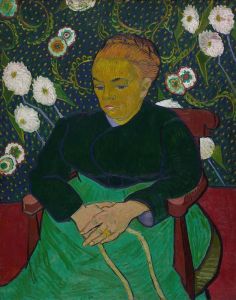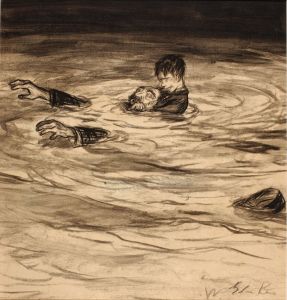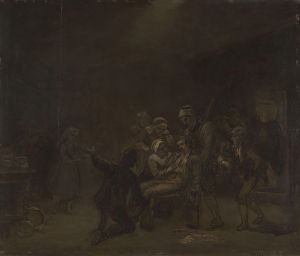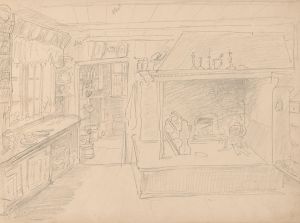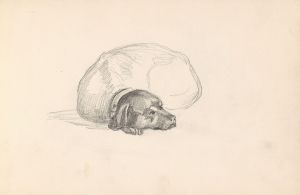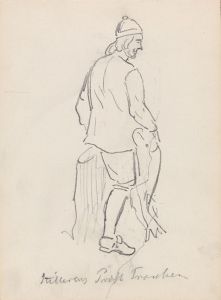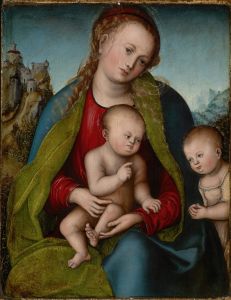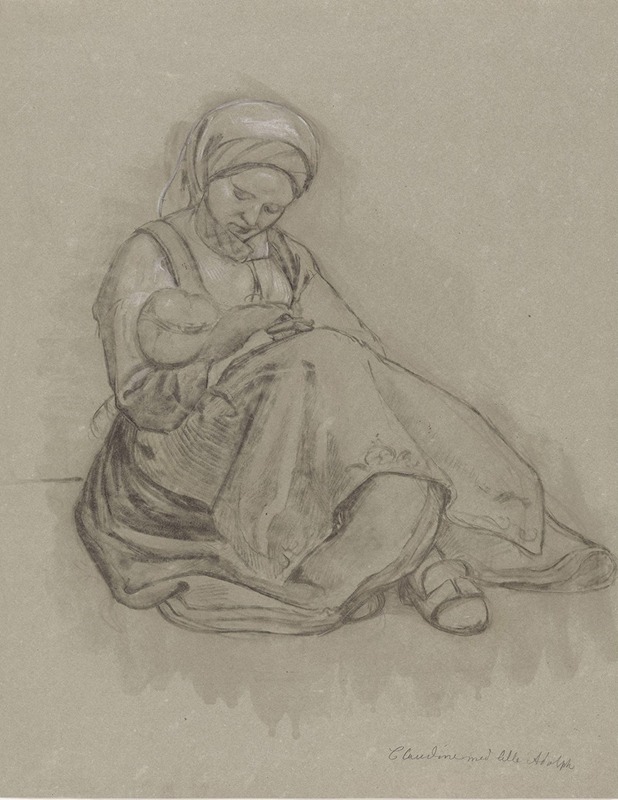
Claudine med lille Adolph
A hand-painted replica of Adolph Tidemand’s masterpiece Claudine med lille Adolph, meticulously crafted by professional artists to capture the true essence of the original. Each piece is created with museum-quality canvas and rare mineral pigments, carefully painted by experienced artists with delicate brushstrokes and rich, layered colors to perfectly recreate the texture of the original artwork. Unlike machine-printed reproductions, this hand-painted version brings the painting to life, infused with the artist’s emotions and skill in every stroke. Whether for personal collection or home decoration, it instantly elevates the artistic atmosphere of any space.
Adolph Tidemand was a prominent Norwegian painter in the 19th century, known for his detailed and realistic depictions of Norwegian folk life and traditions. One of his lesser-known works is "Claudine med lille Adolph," which translates to "Claudine with Little Adolph." This painting is a personal piece that reflects Tidemand's skill in capturing intimate and familial scenes.
Adolph Tidemand was born on August 14, 1814, in Mandal, Norway. He studied at the Academy of Art in Copenhagen and later at the Academy of Fine Arts in Düsseldorf, which was a significant center for art during that period. Tidemand became a central figure in the Düsseldorf school of painting, which emphasized detailed realism and often focused on historical and genre scenes.
"Claudine med lille Adolph" is believed to depict Tidemand's wife, Claudine Marie Bergitte Jæger, and their child. The painting is an example of Tidemand's ability to convey warmth and emotion through his art. While much of Tidemand's work focused on broader cultural and historical themes, this piece offers a glimpse into his personal life and his capacity to capture the tender moments of family life.
The composition of the painting is intimate, with Claudine holding the child, presumably their son, Adolph. The use of light and shadow in the painting highlights the figures, drawing attention to the expressions and the bond between mother and child. Tidemand's attention to detail is evident in the textures of the clothing and the careful rendering of facial features, which are characteristic of his style.
Tidemand's work, including "Claudine med lille Adolph," is significant in the context of Norwegian art history. He played a crucial role in the national romantic movement in Norway, which sought to celebrate and preserve Norwegian culture and identity through art. His paintings often depicted rural life, traditional costumes, and historical events, contributing to a sense of national pride and identity during a time when Norway was seeking to assert its cultural independence.
While "Claudine med lille Adolph" may not be as widely recognized as some of Tidemand's other works, such as "Haugianerne" or "Brudeferden i Hardanger," it remains an important piece within his oeuvre for its personal nature and its demonstration of his artistic versatility. The painting is a testament to Tidemand's ability to capture the essence of his subjects, whether they be scenes of national significance or personal, familial moments.
Adolph Tidemand continued to be an influential figure in Norwegian art until his death on August 25, 1876. His legacy is preserved in numerous museums and collections, where his works continue to be studied and appreciated for their contribution to the understanding of Norwegian culture and history. "Claudine med lille Adolph" stands as a touching reminder of the personal side of this celebrated artist's life and work.







